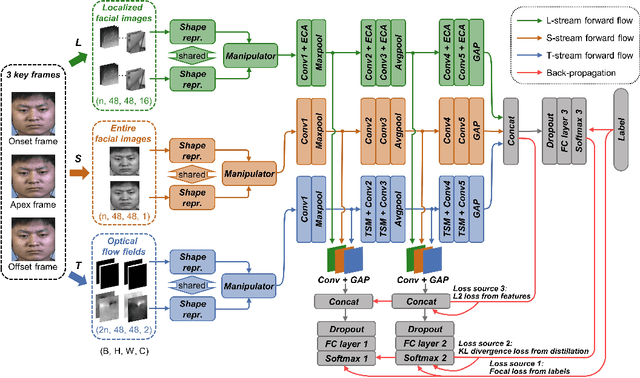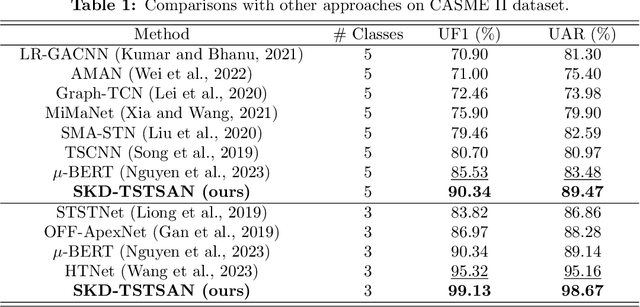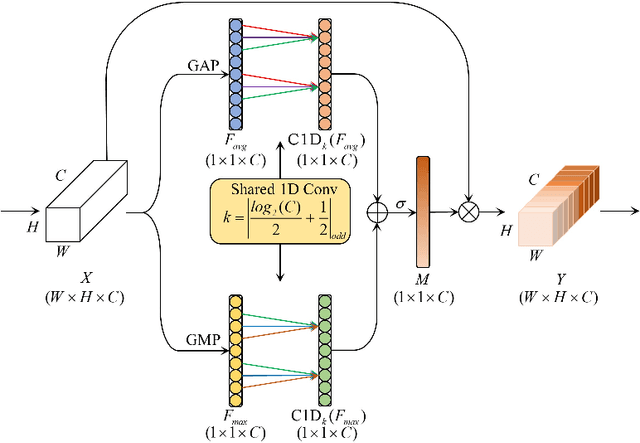Yuhao Hu
Ascend HiFloat8 Format for Deep Learning
Sep 26, 2024



Abstract:This preliminary white paper proposes a novel 8-bit floating-point data format HiFloat8 (abbreviated as HiF8) for deep learning. HiF8 features tapered precision. For normal value encoding, it provides 7 exponent values with 3-bit mantissa, 8 exponent values with 2-bit mantissa, and 16 exponent values with 1-bit mantissa. For denormal value encoding, it extends the dynamic range by 7 extra powers of 2, from 31 to 38 binades (notice that FP16 covers 40 binades). Meanwhile, HiF8 encodes all the special values except that positive zero and negative zero are represented by only one bit-pattern. Thanks to the better balance between precision and dynamic range, HiF8 can be simultaneously used in both forward and backward passes of AI training. In this paper, we will describe the definition and rounding methods of HiF8, as well as the tentative training and inference solutions. To demonstrate the efficacy of HiF8, massive simulation results on various neural networks, including traditional neural networks and large language models (LLMs), will also be presented.
SKD-TSTSAN: Three-Stream Temporal-Shift Attention Network Based on Self-Knowledge Distillation for Micro-Expression Recognition
Jun 25, 2024



Abstract:Micro-expressions (MEs) are subtle facial movements that occur spontaneously when people try to conceal the real emotions. Micro-expression recognition (MER) is crucial in many fields, including criminal analysis and psychotherapy. However, MER is challenging since MEs have low intensity and ME datasets are small in size. To this end, a three-stream temporal-shift attention network based on self-knowledge distillation (SKD-TSTSAN) is proposed in this paper. Firstly, to address the low intensity of ME muscle movements, we utilize learning-based motion magnification modules to enhance the intensity of ME muscle movements. Secondly, we employ efficient channel attention (ECA) modules in the local-spatial stream to make the network focus on facial regions that are highly relevant to MEs. In addition, temporal shift modules (TSMs) are used in the dynamic-temporal stream, which enables temporal modeling with no additional parameters by mixing ME motion information from two different temporal domains. Furthermore, we introduce self-knowledge distillation (SKD) into the MER task by introducing auxiliary classifiers and using the deepest section of the network for supervision, encouraging all blocks to fully explore the features of the training set. Finally, extensive experiments are conducted on four ME datasets: CASME II, SAMM, MMEW, and CAS(ME)3. The experimental results demonstrate that our SKD-TSTSAN outperforms other existing methods and achieves new state-of-the-art performance. Our code will be available at https://github.com/GuanghaoZhu663/SKD-TSTSAN.
 Add to Chrome
Add to Chrome Add to Firefox
Add to Firefox Add to Edge
Add to Edge